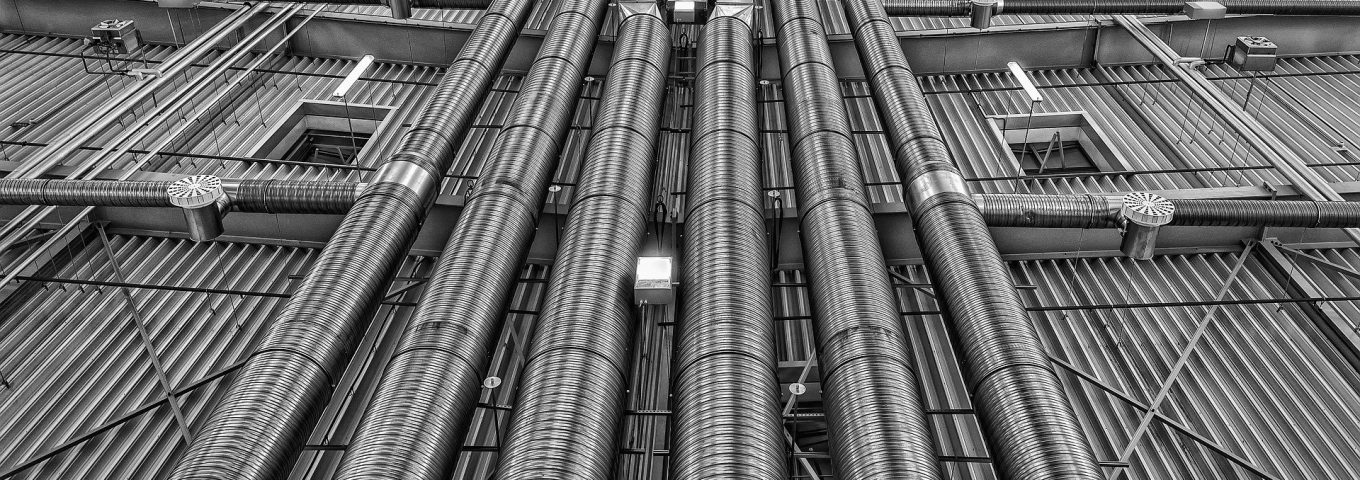A Guide To Local Exhaust Ventilation
Every year, hundreds of people around the world contract occupational lung diseases and disorders such as Asthma, Chronic Obstructive Pulmonary Disease (COPD), Pneumoconiosis and Respiratory Cancers, to name but a few.
According to HSE, it is estimated that in 2018, 12,000 lung disease deaths were linked to past exposures in the workplace.
There are many methods that employers can employ to help prevent such statistics, and one of the most effective methods is using a Local Exhaust Ventilation System.
Whilst many people may have heard of Local Exhaust Ventilation, most don’t actually know what it is, how it works, or how it can benefit people who are exposed to airborne contaminants in the workplace.
Here we explain all…
What is a Local Exhaust Ventilation System?
Local Exhaust Ventilation (LEV) is an engineering system designed to reduce exposure to airborne contaminants such as dust, mist, fumes, fibres, vapours or gases which may exist in the workplace, before they can be inhaled by workers.
How does a LEV System work?
A LEV System works by:
- Sucking in air and collecting the airborne contaminants.
- Carrying the airborne contaminants away from the workplace.
- Cleaning the air and removing or discharging the contaminants.
The primary elements of a LEV system are:
- A hood: This is where the airborne contaminants enter the system.
- Ducting: This safely transports the contaminants to a filter/cleaner/exhaust point.
- Air cleaner, filter or scrubber: This filters and cleans the extracted air and removes the contaminants, leaving only clean air.
- Air mover: This is a fan that powers the entire extraction system.
- Discharge: This releases the extracted air and contaminants into a safe place away from workers.
Why is a LEV System needed?
Many workplaces use processes that can create harmful airborne contaminants, a LEV System is implemented to protect the employee from exposure to these contaminants, working as a hazard prevention method.
What kind of workplaces require a LEV System?
Simply put; any workplace that uses any kind of process which creates harmful airborne contaminants will require a system that removes the contaminants from the workplace, in order to adhere to strict health and safety rules and regulations.
Typically, the most common workplaces that require a LEV System, have processes that can potentially produce the following airborne contaminants:
- Mineral Dusts: Usually a result of extracting and processing minerals such as quartz, coal or cement (mineral dusts often contain silica, which is particularly dangerous).
- Welding Fumes: Such as aluminium, arsenic, beryllium, lead and manganese.
- Metallic Dusts: such as lead and cadmium, nickel, beryllium and their compounds.
- Chemical Dusts, such as ammonia, detergents and pesticides.
- Gasses: Such as carbon monoxide, chlorine, nitrogen dioxide and phosgene
- Vegetable Dusts: From wood, flour, cotton, tea, and pollens usually found in manufacturing plants.
- Fibres: From wool, ceramic, nylon and carbon.
- Moulds and Spores: Can usually exist in damp, poorly ventilated environments.
How to know if you need a LEV System in your workplace?
If you come into contact with airborne contaminants in your workplace, and think you may need a LEV System, the best course of action to take is to arrange an assessment with a COSHH Inspector. They will assess the working environment, test contaminant levels and airflow to determine and advise if you need one.
Legal Requirements, Rules and Regulations
Although there is no law currently in place to state that a LEV System must be installed in the workplace, there are strict rules and regulations in place in which employers must abide by to keep workplaces safe. Therefore, employers may implement a LEV System in order to adhere to and provide a safe working environment for their employees.
These rules and regulations include;
- Safety, Health and Welfare at Work Act 2005
- REGULATION (EC) No 1907/2006, Registration, Evaluation, Authorisation, and Restriction of Chemicals (REACH)
Want to know more about LEV Engineering? Get in touch with our friendly and helpful team today.

